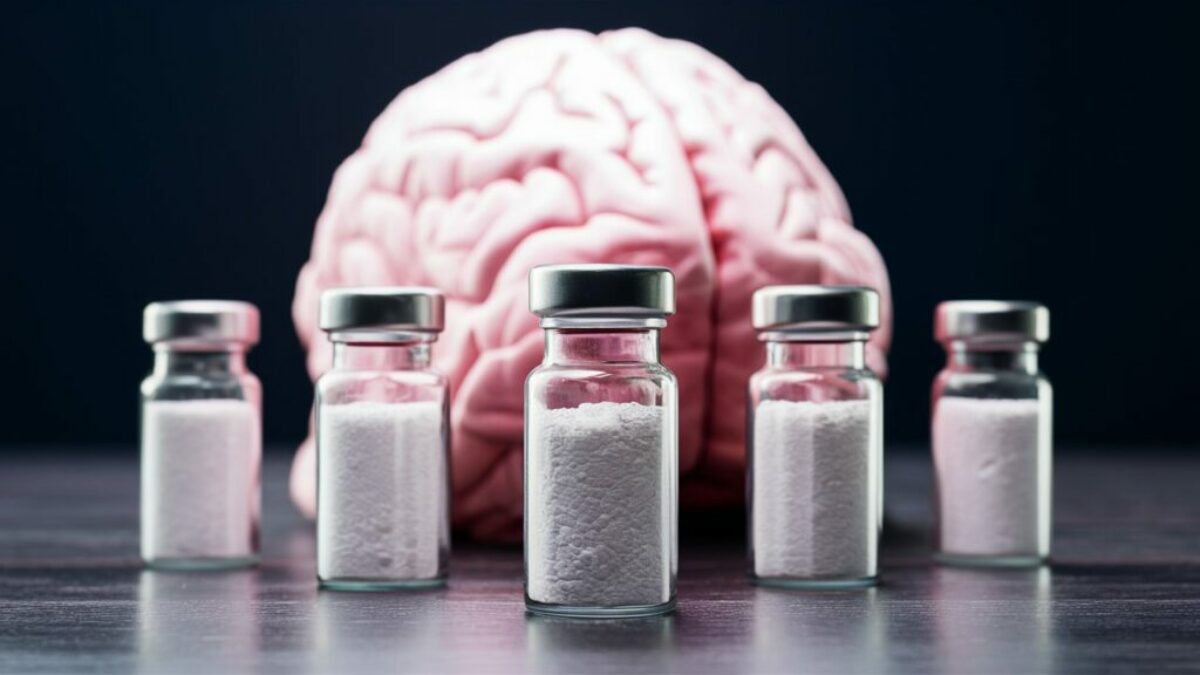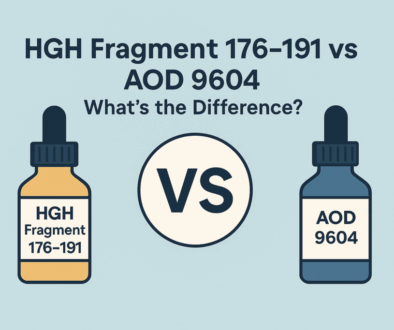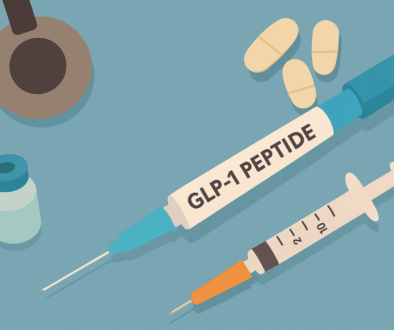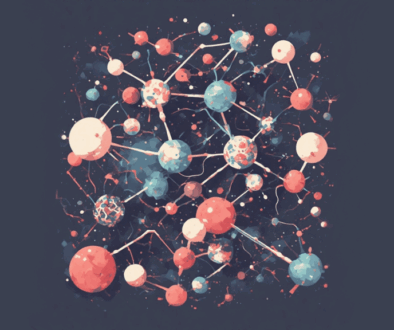Understanding GHRP and GHRH Peptides: Key Differences and Synergy

Growth hormone (GH) plays a crucial role in human development, metabolism, and overall health. As interest in optimizing GH levels has grown, researchers have developed synthetic peptides that can stimulate its production and release.
Two main categories of these peptides are Growth Hormone Releasing Peptides (GHRPs) and Growth Hormone Releasing Hormones (GHRHs). While both ultimately lead to increased GH secretion, they work through different mechanisms and have distinct characteristics.
Here’s a quick look at how they differ and why they’re often combined together.
Quick Summary:
- GHRPs stimulate stored GH release by mimicking ghrelin, while GHRHs promote both GH production and release by mimicking natural GHRH. GHRPs have shorter-lasting effects, while GHRHs provide longer-lasting GH stimulation.
- Combining GHRPs with GHRHs enhances GH release by using complementary mechanisms, leading to higher peak GH levels, balanced secretion patterns, and greater benefits for body composition and recovery.
- An example of GHRP is ipamorelin, while for GHRH, a popular one is CJC-1295 without DAC. The two are often combined together.
Table of Contents
Growth Hormone Releasing Peptides (GHRPs)
GHRPs are synthetic compounds designed to mimic the action of ghrelin, a naturally occurring hormone produced in the stomach. Ghrelin, often called the “hunger hormone,” stimulates appetite and also plays a role in GH secretion.
GHRPs work by binding to the ghrelin receptor (also known as the growth hormone secretagogue receptor or GHSR) in the brain’s pituitary gland, triggering the release of stored GH.
Key characteristics of GHRPs include:
- Direct stimulation of GH release
- Relatively short-acting effects
- Potential to increase appetite
- May affect cortisol and prolactin levels
A great example of a GHRP is Ipamorelin, which is known for its selective actions and minimal side effects. Ipamorelin works by:
- Binding to the GHSR in the pituitary gland
- Stimulating the release of GH
- Potentially increasing IGF-1 production in the liver
One of the advantages of ipamorelin is its selectivity. Unlike some other GHRPs, ipamorelin does not significantly stimulate the production of cortisol, prolactin, or other hormones, resulting in minimal side effects.
Growth Hormone Releasing Hormones (GHRHs)
GHRHs are synthetic analogs of the naturally occurring growth hormone-releasing hormone, which is produced by the brain’s hypothalamus. These peptides work by binding to GHRH receptors on somatotroph cells in the pituitary gland, stimulating both the production and release of GH.
Key characteristics of GHRHs include:
- Stimulation of both GH production and release
- Longer-lasting effects compared to GHRPs
- More physiological action, mimicking the body’s natural GHRH
- Generally no direct effect on appetite or other hormones
CJC-1295 without DAC (sometimes referred to as modified GRF 1-29) is a popular GHRH analog. It’s important to note that “without DAC” refers to the absence of Drug Affinity Complex, a modification that dramatically extends the peptide’s half-life. CJC-1295 without DAC works by:
- Binding to GHRH receptors in the pituitary gland
- Stimulating the production of GH by somatotroph cells
- Promoting the release of the newly synthesized GH
- Indirectly increasing IGF-1 production in the liver
CJC-1295 without DAC has a relatively short half-life of about 30 minutes, which is much longer than the body’s natural GHRH but shorter than its DAC-modified counterpart. This peptide is often used in combination with GHRPs like ipamorelin for synergistic effects.
Key Differences Between GHRPs and GHRHs
- Mechanism of Action:
– GHRPs primarily stimulate the release of stored GH by mimicking ghrelin.
– GHRHs stimulate both the production and release of GH by mimicking the body’s natural GHRH.
- Receptor Targets:
– GHRPs bind to the ghrelin receptor (GHSR).
– GHRHs bind to GHRH receptors.
- Duration of Effect:
– GHRPs generally have shorter-lasting effects.
– GHRHs, especially modified versions like CJC-1295 with DAC, can have longer-lasting effects.
- Physiological Impact:
– GHRPs may affect appetite and other hormones like cortisol and prolactin.
– GHRHs typically have a more focused effect on GH production and release.
- Pulsatility:
– GHRPs tend to create a more pronounced pulse of GH release.
– GHRHs can lead to a more sustained increase in GH levels.
Synergistic Effects and Combination Use
While both GHRPs and GHRHs can be effective on their own, many researchers have found that combining the two types of peptides can lead to synergistic effects. For example, using ipamorelin (a GHRP) alongside CJC-1295 without DAC (a GHRH) can result in:
- More pronounced GH release
- Potentially higher peak GH levels
- A more balanced and physiological GH secretion pattern
- Enhanced overall effects on body composition, recovery, and other GH-related benefits
This synergy occurs because the two peptides work through different but complementary mechanisms. The GHRP stimulates the release of stored GH, while the GHRH promotes the production of new GH and its subsequent release.
GHRP & GHRH: Best Combined
Understanding the differences between GHRPs and GHRHs is crucial for anyone interested in peptide therapies or research related to growth hormone optimization. While both categories ultimately lead to increased GH secretion, their distinct mechanisms of action and characteristics make them suitable for different purposes and potentially more effective when used in combination.
Ipamorelin, as a selective GHRP, offers a way to increase GH release with minimal side effects. CJC-1295 without DAC, as a GHRH analog, provides a more physiological approach to stimulating both GH production and release. When used together, these peptides can offer greater, synergistic effects.
Join Our Newsletter — Get 15% Off
Get the latest offers, peptide research insights, and stock updates.
For that reason, GHRP and GHRH peptides are sometimes sold together in blends, like the ones we have in our store.



